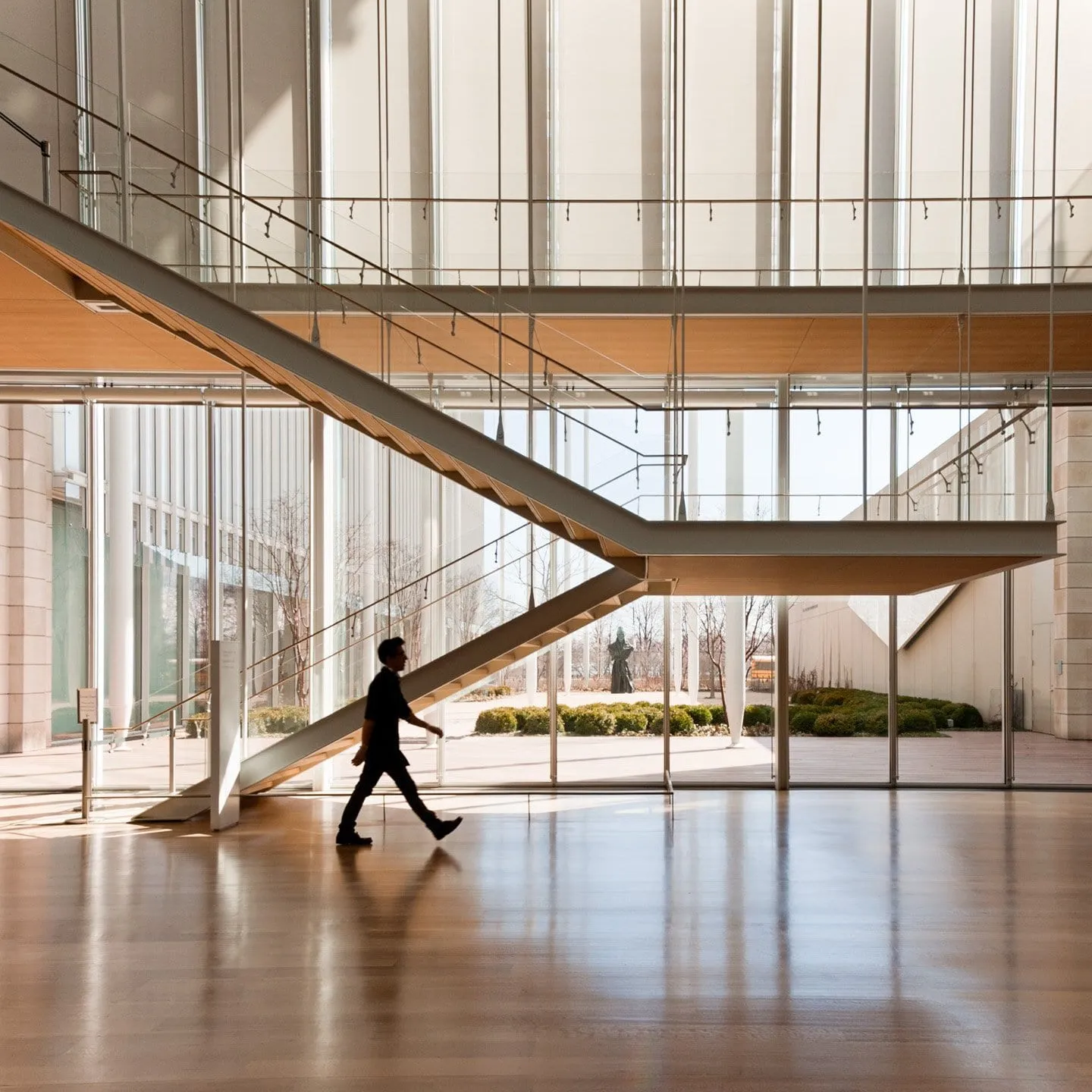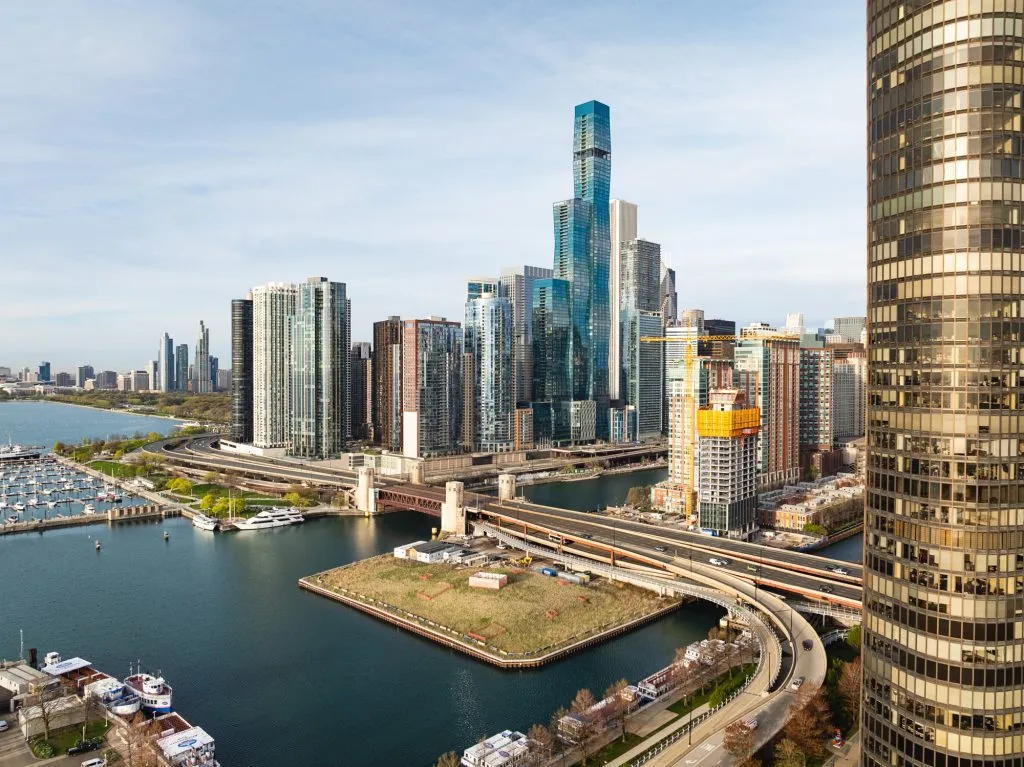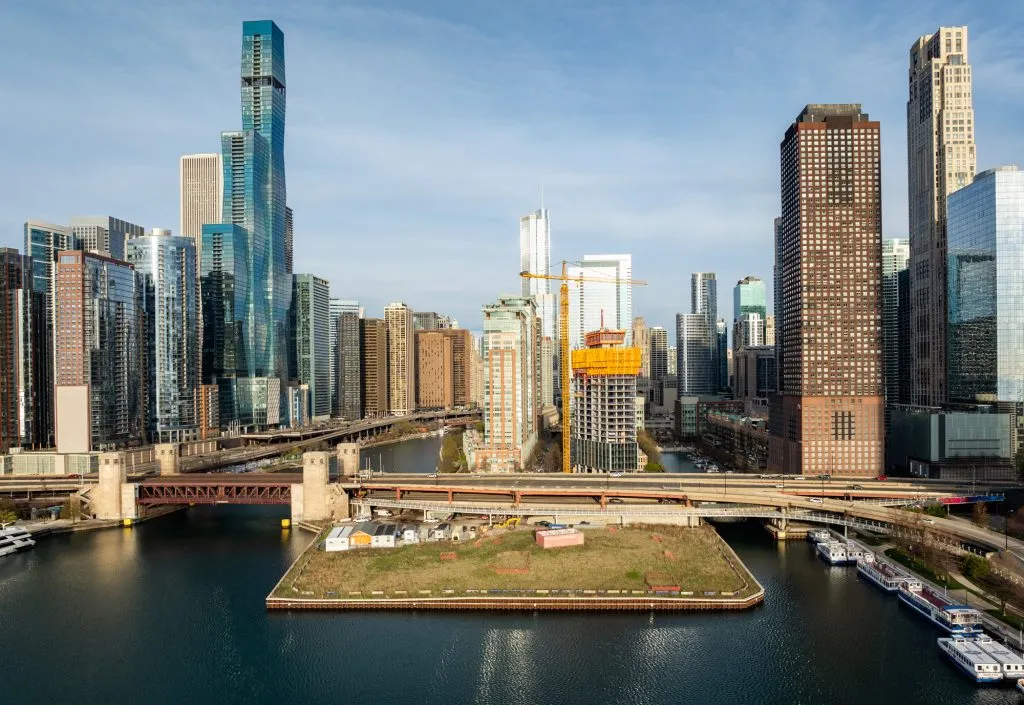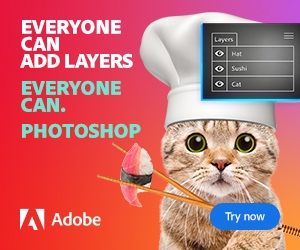## **Introduction: The Archaeology of Everyday Buildings**
Every city is a living manuscript where generations write and rewrite their stories in brick, steel, and concrete. This article explores how to decode the hidden narratives embedded in seemingly ordinary structures – from medieval walls lurking behind modern facades to abandoned industrial sites transformed into cultural hubs.
## **Stratigraphic Architecture: Techniques for Time Travel**
### **1. Material Forensics**
– **Roman concrete** peeking through Renaissance palazzos
– **Victorian ironwork** camouflaged under modern cladding
– **War shrapnel scars** on building surfaces
*Photographer’s toolkit:*
– Multispectral imaging reveals hidden layers
– Raking light exposes repaired damage
– Infrared photography detects material variations
### **2. Ghost Structures**
– **Shadow lines** of demolished adjacent buildings
– **Bricked-up windows** from historic window taxes
– **Street-level dips** marking former horse mounting blocks
**Case study:** London’s “Cheapside Hoard” building – a jewelry shop frozen in 1666
## **The Politics of Erasure and Preservation**
### **1. Intentional Obliteration**
– **Palimpsest walls** in Berlin revealing bullet holes beneath stucco
– **Moscow’s “disappeared” churches** – visible only in pavement patterns
– **Jerusalem’s archaeological warfare**
### **2. Adaptive Reuse as Historical Dialogue**
– **Barcelona’s Santa Caterina Market** – ancient convent foundations under colorful roof
– **New York’s High Line** – industrial infrastructure as elevated park
– **Lisbon’s LX Factory** – printing plant turned creative hub
## **Urban Memory and Collective Amnesia**
### **Psychological Impacts**
– *Anchoring effect* of historic fragments
– *Cognitive dissonance* from radical rebranding
– *Nostalgia industry* in gentrified neighborhoods
**Data point:** Cities retaining architectural layers show 23% higher resident satisfaction
## **Technologies for Temporal Exploration**
### **1. Digital Archaeology**
– Augmented reality building “peel-back” apps
– Lidar scans revealing hidden chambers
– AI reconstruction of lost structures
### **2. Citizen Documentation**
– Crowdsourced historical photo matching
– Oral history mapping projects
– DIY material analysis kits
## **Preservation Controversies**
### **1. The Fake History Industry**
– Disneyfication of historic districts
– Artificial aging of new constructions
– Replica architecture debates
### **2. Radical Transparency Approaches**
– **Berlin’s “Archaeological Window”** installations
– **Rome’s exposed *scavi* (excavations)**
– **Istanbul’s subway-station museums**
## **How to Photograph Architectural Time**
1. **Juxtaposition shots** – old/new interfaces
2. **Detail abstracts** – weathering patterns as art
3. **Night illumination** – highlighting temporal contrasts
4. **Seasonal series** – showing change over shorter timescales
## **Future of Layered Cities**
### **1. “Time-Capsule” Construction**
– Deliberate embedding of contemporary artifacts
– Future-readable material markers
– Digital time-stamping of building components
### **2. Dynamic Preservation**
– Buildings designed for phased evolution
– Interactive historical displays
– “Living history” maintenance techniques
## **Conclusion: The Ethics of Urban Memory**
As we build the future, we must decide which layers to preserve, which to conceal, and which to erase. The most humane cities are those that wear their history visibly while making space for new stories.
**Call to action:** Document one building’s transformations in your neighborhood before they vanish.
For more explorations of architectural storytelling, visit [TheToolTutorial.com](https://thetooltutorial.com).




